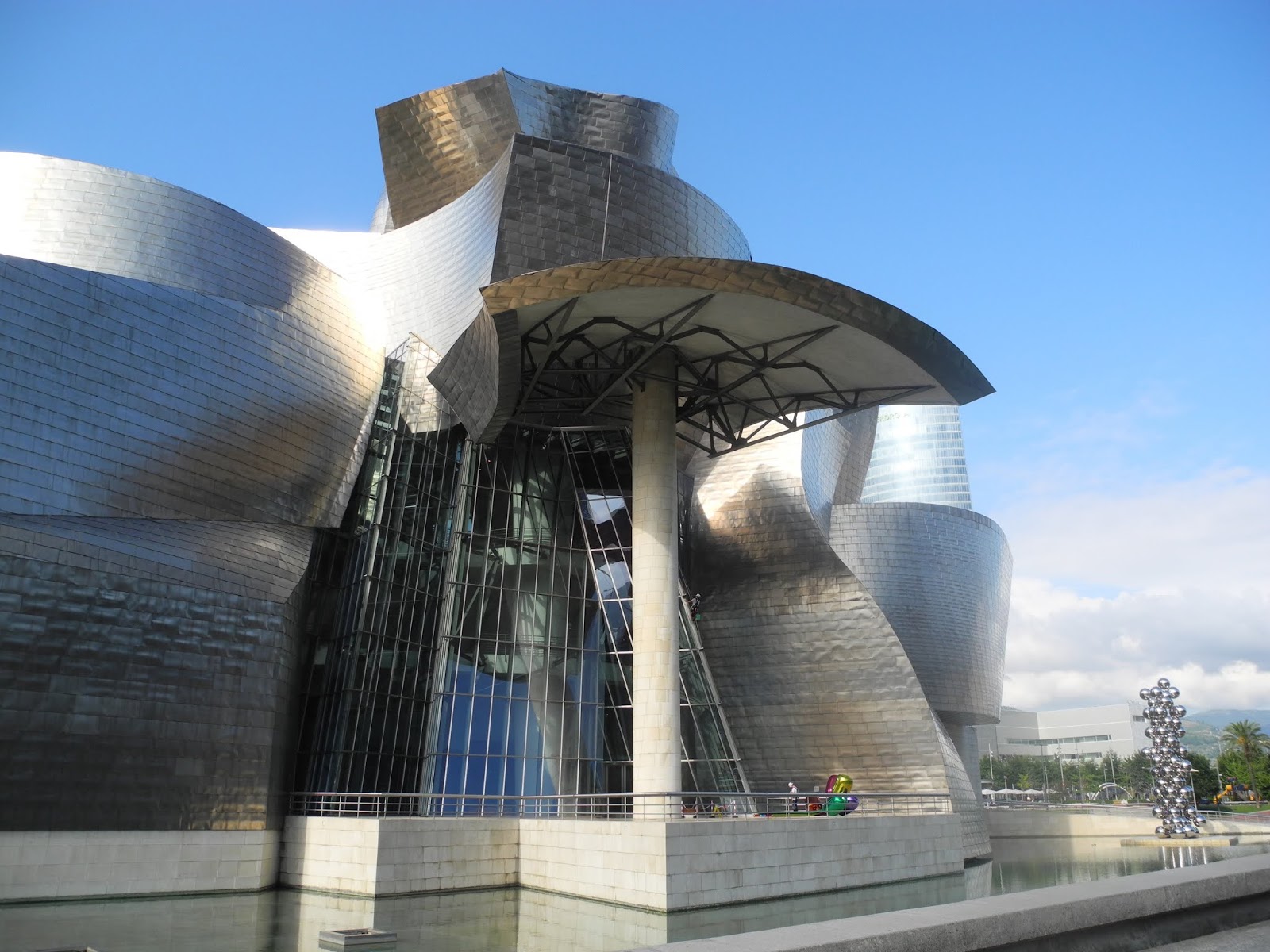We’ve heard it said by others much cleverer than either of us that
"Design matters" to which we whole heartedly agree. Design matters
because depending on the quality of the decisions made it can enhance our lives
and moods or if poorly executed make our lives more difficult.
Building design matters, because all buildings make us feel something. Sometimes
we are not even conscious of the effect a building has on us and unfortunately
most of us can't articulate or are not even aware as to why we like or don’t
like a building; but our response to building design is never neutral. As
humans we are naturally drawn to organic shaped buildings with lots of natural
light and natural materials.
Pier Arts Centre, Stromness, Orkney,
Scotland
Last week we visited the Pier Arts Centre at Stromness on Orkney. It was
formerly the Hudson Bay Company’s recruiting office. It was original a two storey stone building on the harbour. The building probably started life as a
warehouse. Through good architectural
thinking additional floors have been added. Care has been taken with window
size and placement so that they frame views of the harbour, street, farmland
and mountains. Framing of the view draws our eye to the subject. When done
well, the view is stunning.
The architect used skylights and frosted glass windows and ceilings to maximise
the natural light. The use of light coloured timbers both on the floor and
walls on the staircase, white painted walls and recessed wall lights in darker
corners created a feeling of lightness and warmth. The sounds associated with
the timber are welcoming. This is a public building that you want to spend time
in. As you explore the art you feel cocooned and somewhat regenerated by the
environment.
Orkney has a population of only 27,000 people, and
its art gallery is world class.
Victoria and Albert (V&A) Museum, Dundee, Scotland
This week we visited the Dundee V&A. It has
been open almost a year. This is a building that has polarised the local
community, some say it is ugly and stands out against the old granite store
buildings of Dundee. Others think the tones of the concrete echo the old
buildings and its form compliments the harbour where it sits.
It is a building with strange angles, kind of like
a pile of concrete layers stacked so that corners jut out softening the form.
Walking around it the shape of the building highlights parts of its surrounds.
The way a corner projects over the harbour draws your eye to the railway bridge
in the distance. The tunnel in the middle silhouettes pedestrians and draws
your eye to the harbour.
Once inside the design elements are continued but
in wood rather than concrete, giving a warmer feel to the space.
Once on the upper level a large window frames the
view of the rail bridge, natural light floods the large informal space between
the galleries. The gallery rooms are much darker allowing lighting to give the
displays more impact.
Visitor numbers have exceeded all expectations.
During the first 12 months the gallery has received more than 1 million
visitors, which is 500,000 more than anticipated.
Daring, but well thought out architecture combined with art that is
curated with a narrative can positively impact livelihoods in so many ways….
Guggenheim Bilbao, Spain
The city of Bilbao Spain is home to a Frank Gehry designed Guggenheim
which we visited some five years ago.
In the 1980/90s, the city was in economic free-fall with the decline of
its heavy industry base (steel making and ship building), unemployment at 25%
and social disunity, made worse by relations between ETA and the Spanish
Government.
Through a relationship between Bilbao’s civic leaders and Guggenheim New
York, the Guggenheim Bilbao was developed.
Between 1997, when the Guggenheim opened and 2017, the museum has
attracted 20 million+ visitors (more than 60% from overseas). The museum and
its ripple effect have created more than 5000 local jobs and generated 650
million euro of additional revenue. While the returns have been significant,
the stakes were high. The cost of the building was 195 million euro. There was
financial risk, but possibly more importantly for the decision makers, if the
project was handled badly there was an opportunity cost, civic reputational
risk and political risk.
The development of the Guggenheim has transformed not only the way that
outsiders think about the city, but also the way the city regards itself.
Since it opened in 1997 the Guggenheim Bilbao has captured local and
international imaginations. For the travelling public it is an instagrammable,
spectacular, contemporary art gallery. For civic leaders it represents the
ability of cultural institutions to regenerate a run-down region.











Comments
Post a Comment